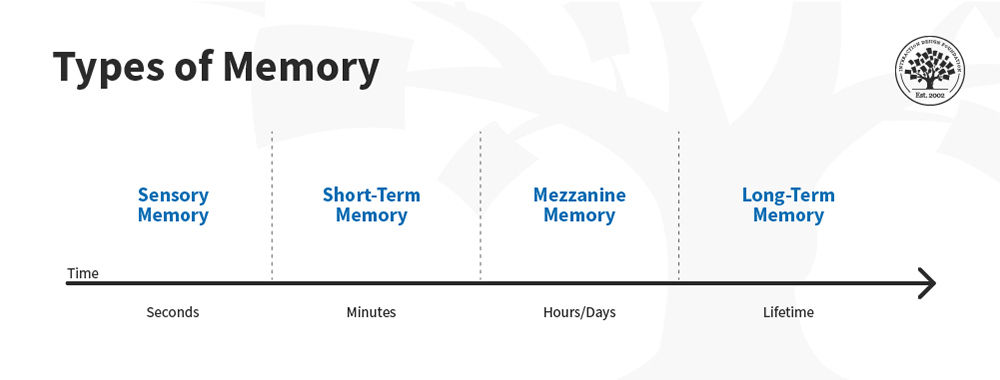Our focus here will be on how human memory is organized, along with a brief look at how it works. Our main goal is that you come away with a better understanding of how memory functions and some of its limitations so that we can be more effective as designers.
The main topics are:
Sensory memory
Short-term memory and the magical number seven
Long-term memory and who we are
How reliable are our memories?
In keeping with the theme of understanding how humans work – so that we can better design for them – we start by exploring the different types of human memory. In our increasingly security-conscious environment, we’ve become familiar with checks that we are not robots and that we are who we say we are. Copying long numbers from one app to another has become a common means of verification, at least until biometric methods improve. But how far can we go with this? Six-digit codes for two-factor authentication are standard, but at what point do longer codes or more challenging methods become counter-productive? Haptic interfaces can aid in these scenarios by providing tactile feedback to improve user interaction and memory retention.
In this video, HCI expert Alan Dix gives us some clues in his introduction to memory.
Show
Hide
video transcript
- Transcript loading…








